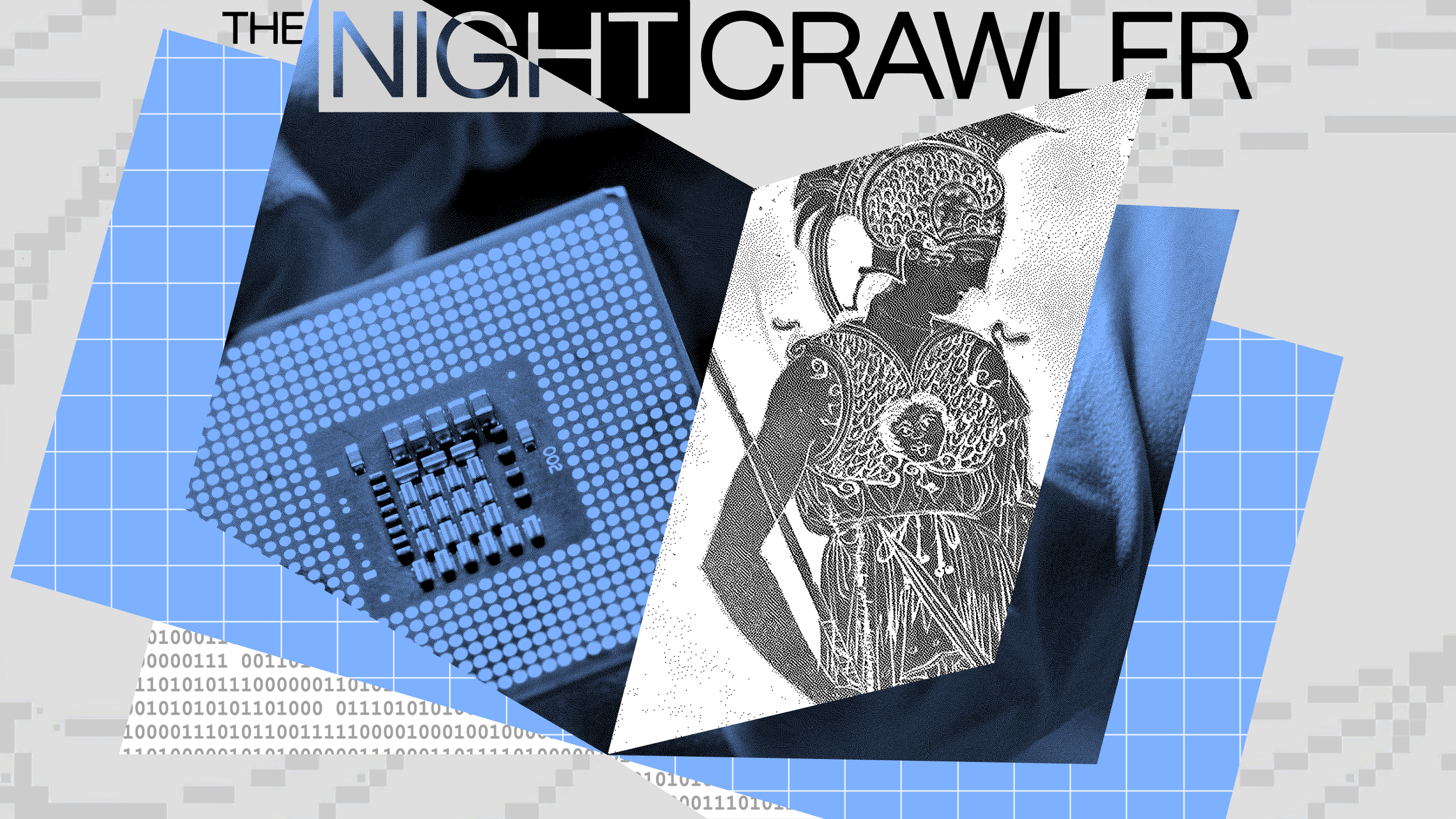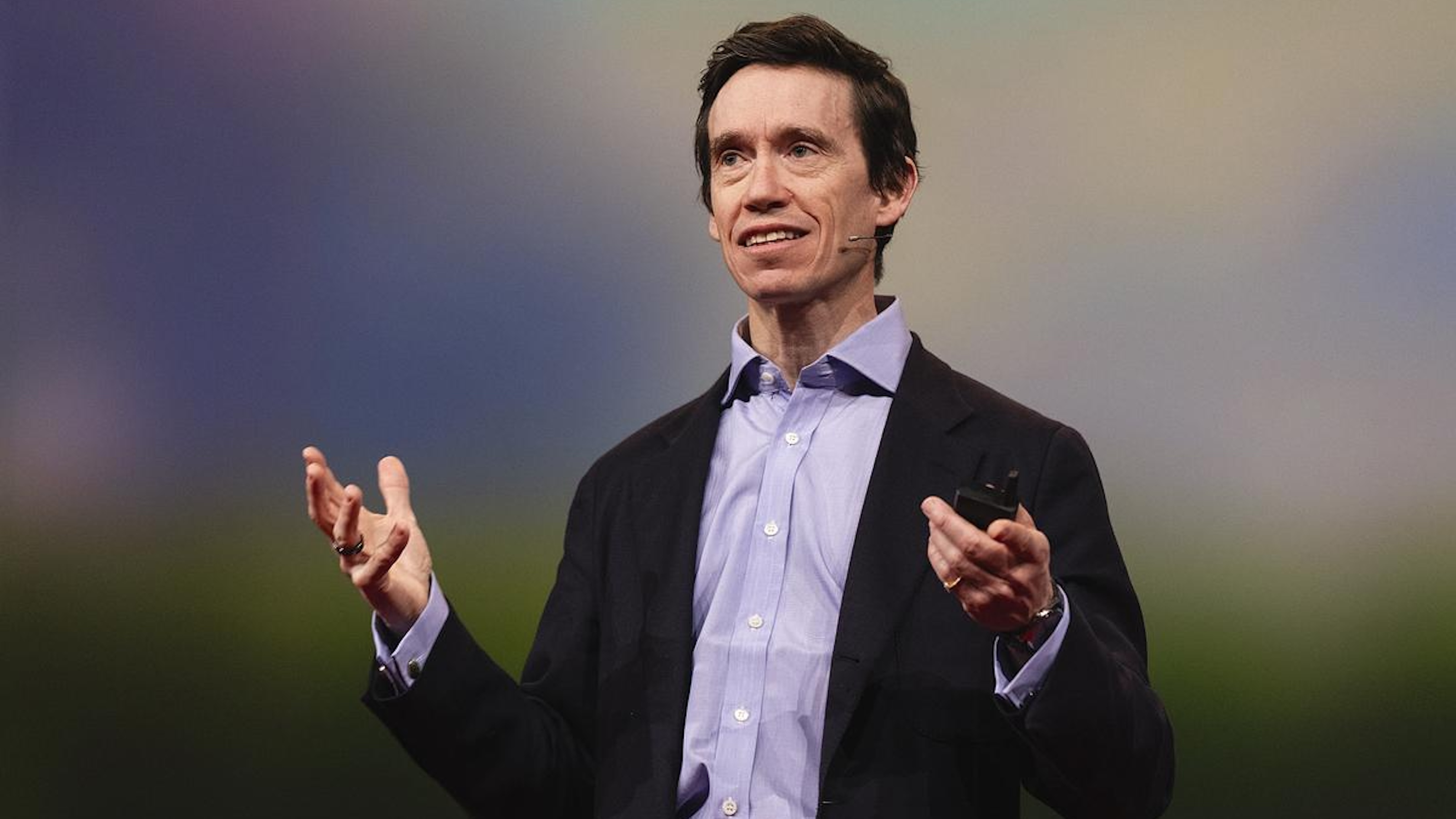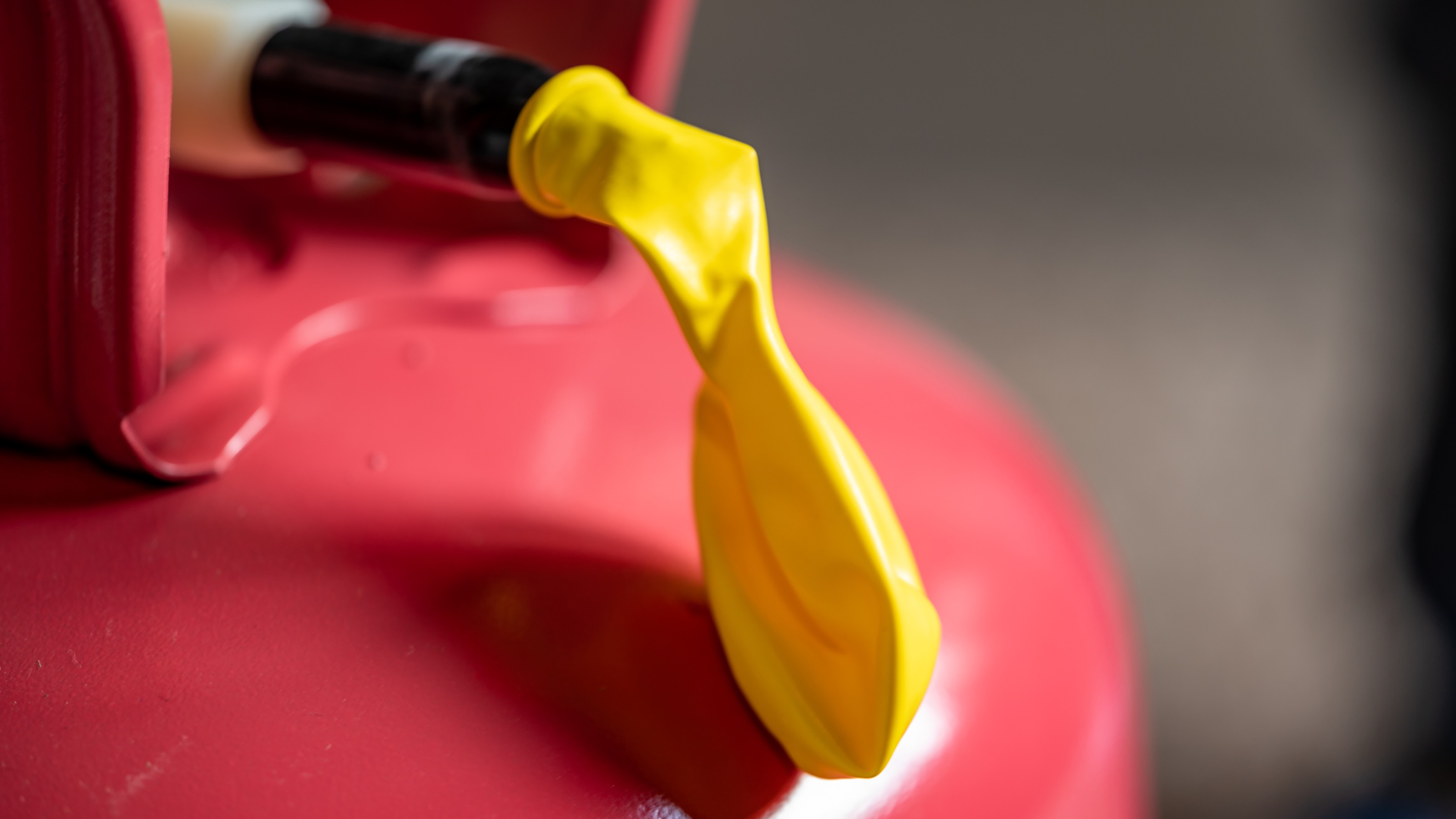The president of LeapFrog Investments explains his new company, which is bringing insurance to the poor.
Question: What is LeapFrog Investments?
Andrew Kuper: So, Leap Frog is the world’s first fund focused on microinsurance and financial inclusion for the poor. It is a poor profit, private equity fund but we believe that this is a tremendous asset class that is able to generate strong return for investors while also lifting millions of people out of poverty. And why is that?
Well, there are some incredibly exciting insurance business out there and those businesses have often been serving the middle class but the middle class has somewhat become saturated or it’s not the most exciting opportunity. Low income people express a very strong demand for microinsurance so several of my partners did a study that is a 100 country landscape study of microinsurance in the world’s 100 poorest countries and it shows that there are a 100 billion people out there who are willing and able to pay for microinsurance, you have a market of a billion people and it is 3% penetrated.
Now, the opportunity there and the demand is intensive because people lie awake at night worried that they’re going to lose everything, the demand for microcredit maybe strong as people wants to be entrepreneurs or have consumption needs but almost everybody lies awake at night if you’re poor and worrying that you’re going to lose everything. So there are a billion people waiting to consume this product and insurers have just been slow to recognize this opportunity and act on it. Now what we as Leap Frog do is invest in exciting businesses in Africa and Asia that serve low income and poor people with microinsurance that meet this incredible demand and they’re very exciting and innovative businesses and we provide them with the capital and the expertise because several of my partners are some of the world’s leading authorities on microinsurance distribution, on product design and pricing on all these areas and the expertise to help them grow dramatically.
Now, the exciting thing about this is it doesn’t just apply to poor people, it also applies to people who are excluded for other reasons, people how have disabilities, people who have HIV/AIDS or diabetes that are severe and can’t get insurance. Now, if someone can’t get insurance, they often can’t get a home loan, they often can’t get entry to the economy, they often struggle to get the medications they need. So this intervention, helping poor low income and financially excluded people to get insurance is both hugely important and it can be very profitable.
And what Leap Frog does is it puts this two things together, it is a profit with purpose firm and I believe it represents the next frontier for… for investment in a sense that you can generate both social and financial returns, you don’t have to choose as a person between having money and having meaning and I think all of us feel that we would like to bring those two things together, why should you have these terrible tradeoffs between the two and you can engage in a business that has non-market tracking returns because this is a very different asset class from all the others out there including alternative asset classes and at the same time feel that you’re helping millions of people to get out of poverty. And that’s why we’re so passionate about Leap Frog and why President Clinton and the Wall Street Journal and other great organizations have got behind us and are supporting us. It really is a group effort, because it’s so innovative, we need the support of many, many different people.
Question: What are the different types of plans?
Andrew Kuper: Microinsurance products can sometimes be less than a dollar a year and sometimes can be $10 or $15 a month, it really just depends on the country, the income level, and the nature of the product. So for instance in South Africa, for $4 to $7, you can get a life insurance product where if a person or their spouse or their child dies, there’s a payout of say around $750.
Now, that is a lot of money for a poor person who would otherwise might be left destitute so yes, we’re interested in life insurance above all because we think it’s hugely important and it can be done very profitably, health insurance which can be harder because you have to have a health infrastructure that can deal with it and there’s all sorts of moral hazards but it is the most demanded insurance and it’s something that we really want to support, there are all sorts of other kinds of insurance, accidental death and disability insurance, there is even low income housing insurance and crop insurance and other kinds of index based insurance. So we think that the majority of our investments would be on life insurance.
And we’re excited about several health insurance companies but we think there is room there for investments across these areas and we actually, unlike many other firms, we actually hope that there are a thousand Leap Frogs that bloom to mix the metaphors because we think it’s such a huge market that many, many players can come into the sector and do this profitably collaborate together and we’re already seeing large firms like Alliance, like Zurich, like AIG, entering the microinsurance space in a more significant way and seeing the opportunity here and seeing their policy holder basis grow dramatically in numbers well beyond their middle class customer growth. And so I think what we’re on the cusp of that burgeoning of a whole new era in which microinsurance is going to be brought into low income people globally and Leap Frog hopes to lead that charge.
Recorded on: May 1, 2009





